Lumbar osteochondrosis is one of the most common and frequently diagnosed types of osteochondrosis, also known as “sciatica”.The frequency of this disease is extremely enormous - in approximately 82% of cases, patients who go to the doctor with complaints of severe lower back pain are diagnosed with radiculitis of the lumbosacral region.
Description of the disease
Osteochondrosis in the sacral or lumbar region occurs with equal frequency in women and men, more often in middle and old age.Medical practice shows that this particular disease ranks first among the main causes of temporary or permanent disability, and in some cases disability.That is why the treatment of pathology must be carried out with the utmost care, as osteochondrosis can pose a serious danger to human health.
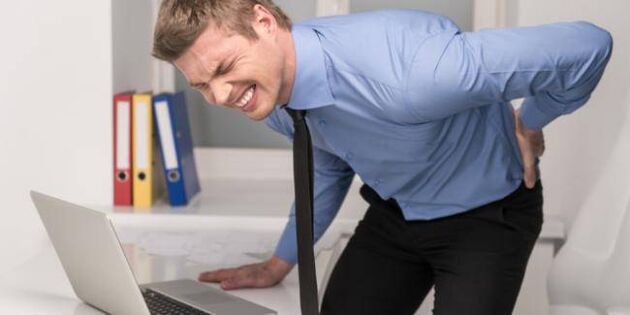
The lumbar region is the name given to the part of the spine made up of 5 vertebrae designed to connect the sacral and thoracic regions.Osteochondrosis of the lumbar spine is a pathological change, during which there is a rapid decrease in flexibility and a change in the natural anatomical structure of the intervertebral discs.Its gradual deformation occurs.
The basis of radiculitis is the slow destruction of the vertebrae, the loss of moisture and elasticity, and a decrease in shock-absorbing capacity.Gradually, the space between the vertebrae decreases, the intervertebral disc can harden, resulting in compressed nerve roots.This process is accompanied by intense, spasmodic pain in the lower back.
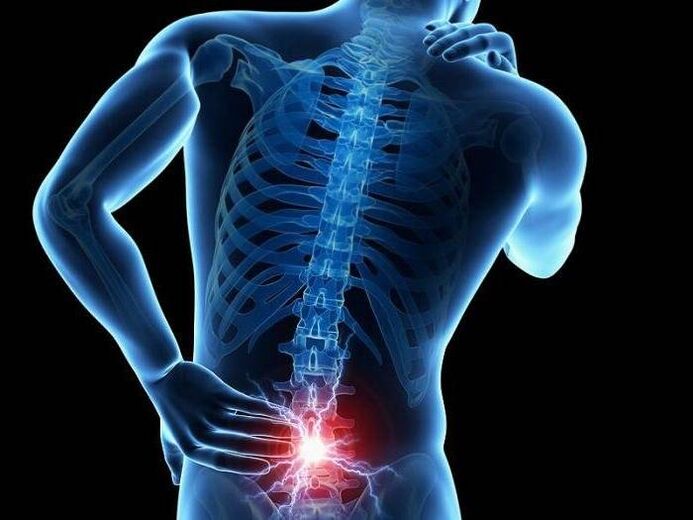
How dangerous is osteochondrosis, its stages?
The disease progression process is accompanied by degenerative dystrophic changes, which over time can cause complications such as disc protrusions and hernias.These degenerative changes may be the main cause of leg paralysis.
Lumbar osteochondrosis can be accompanied not only by the development of protrusion or hernia of the intervertebral disc, but by other, no less serious diseases of internal organs and systems.One of the most common complications is compression of the sciatic nerve, which is accompanied by intense pain in the lower back and a feeling of numbness in the limbs.
Radiculitis can also cause other serious consequences - spondyloarthrosis, osteophytosis, spondylosis, stenosis, lameness, curvature of the spine.The disease can also provoke a pathological process in the genitourinary and reproductive spheres;in women, inflammation of the uterus and ovaries;in men, it causes various potency problems.
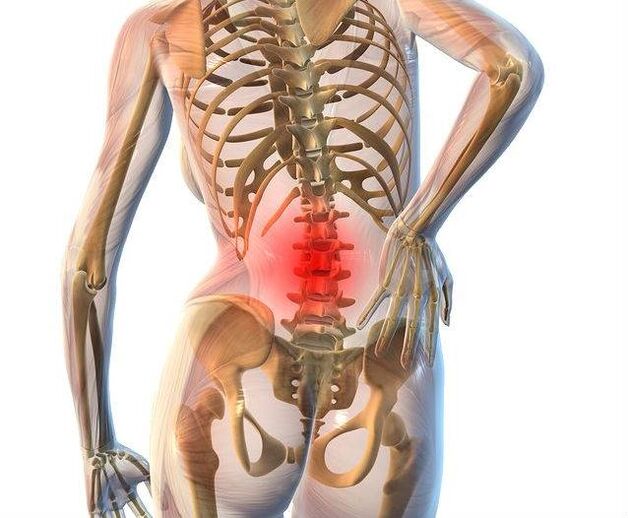
Osteochondrosis of the lumbar spine is divided into several stages:
- The first stage of radiculitis is a “mild” stage, in which the pain in the lower back or sacral region is still mild and appears only during physical exertion.In the first phase, the process of destruction of the vertebrae is in the initial phase.
- The second stage is accompanied by the active destruction of the fibrous rings and a decrease in the intervertebral space.This leads to pinched nerves and causes severe pain.
- The third stage - the destruction of fibrous rings ends, intervertebral hernias appear.The spine becomes visibly deformed and twisted, losing its normal anatomical shape.
- The fourth stage of the disease is the most serious.At this stage, the person can no longer walk normally;often the fourth stage ends in disability.
Symptoms of lumbar osteochondrosis
Symptoms and treatment are determined depending on the stage of development of the disease.
At the first stage, a person, as a rule, does not pay attention to the first signs of the disease.When making sharp turns or walking, minor pain and discomfort may occur in the lower back.Furthermore, the pain often appears after sitting or standing in the same place for a long time.
The main danger of this period is that the symptoms are not yet pronounced enough, a person can simply ignore them, as a result of which osteochondrosis progresses rapidly.
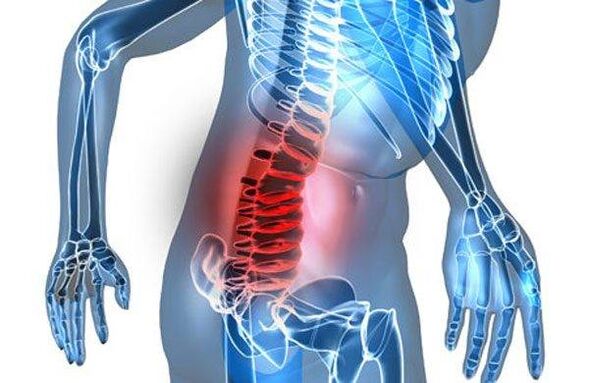
The second stage of radiculitis is accompanied by a decrease in the space between the vertebrae and, consequently, by severe pain in the lower back and sacrum, which can radiate to the groin and lower extremities.
In the third stage, osteochondrosis is characterized by pronounced symptoms - severe pain, back spasms, decreased mobility of the vertebrae and the beginning of pathologies of internal organs and systems.This can result in problems with the genitourinary system and gynecological inflammation.
Symptoms of the most serious fourth stage of the disease are expressed in the form of a noticeable deformation of the spine, which can curve to the sides or forward, constant and intense pain, which intensifies especially when trying to perform any physical movement.Also at this stage, swelling of the muscles and ligaments, loss of sensitivity and numbness of the lower extremities may occur.
Modern treatment methods
Treatment of osteochondrosis of the lumbosacral spine is recommended to be carried out comprehensively - with the help of medications, physiotherapeutic methods, exercise therapy and herbal medicine.In the most serious cases, surgical treatment is used.
Treatment aims to achieve objectives such as:
- Reducing pain in the lumbar and sacral areas.
- Removing inflammatory processes in the diseased area.
- Elimination of pathological tension in muscle tissue.
- Activation of blood circulation in the lumbosacral region of the back.
- Improving spinal mobility, normalizing sensitivity in the lower extremities.
Drug treatment of radiculitis is an obligatory element in the complex therapy of osteochondrosis of the lumbosacral spine.For therapeutic purposes, several medications are most often prescribed:
- Analgesics are used to relieve pain.But we must remember that, by eliminating pain, painkillers do not treat the cause of the disease.
- In most cases, the doctor prescribes chondroprotectors aimed at improving metabolic processes in cartilage fibers and preventing their further deformation.
- Nonsteroidal anti-inflammatory drugs - are used to eliminate pain and swelling, release compressed nerve endings and relieve the inflammatory process in affected tissues.
- Medicines from the muscle relaxant category are used to normalize muscle tone.
- In some cases, medications with a diuretic effect may be prescribed to help relieve swelling in the affected tissues.
- To activate blood circulation in the lumbosacral spine, medications with vasodilating properties may be prescribed.
- Calcium supplements are often used to increase the strength of bone and cartilage tissue.
In the first and second stages of the disease, medicines for external use, produced in the form of ointments, creams and lotions, are highly effective.
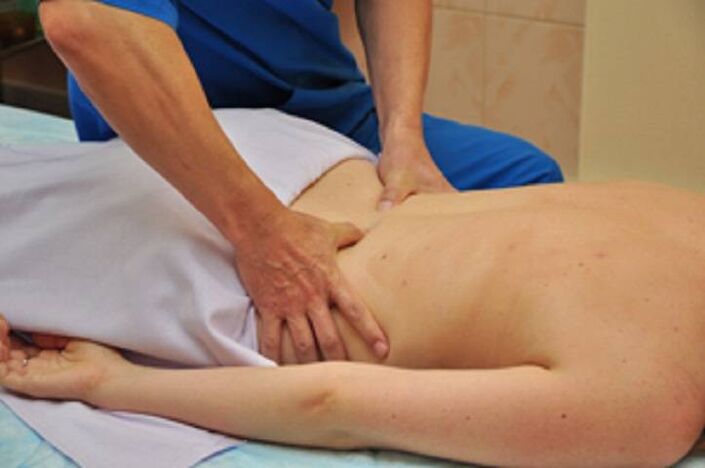
Traditional methods
Traditional medicine offers a wide range of different recipes for the effective treatment of osteochondrosis.The most effective methods are considered to be various rubbing, massage and compresses.But it must be remembered that traditional methods can only be effective in the initial stages of the disease.
- One of the most famous recipes is cabbage compresses.To do this, all veins are cut from the surface of the cabbage leaf, after which the leaf is lightly beaten with a hammer and applied to the lower back.The compress is fixed with a wide scarf, handkerchief or gauze.It is recommended to change cabbage leaves several times a day.
- Grind 3-4 large cloves of garlic with a garlic press, squeeze the juice from the resulting mass through cheesecloth, separately melt 100 g of pork fat in a water bath.Combine the resulting components in a 1:2 ratio and stir.The composition is used for therapeutic massage and rubbing.
- A tablespoon of ground red pepper must be placed in 250 ml of vodka, after which the container with the medicine must be left in a dry, dark place for a week.The folk remedy is used for rubbing.
- Horseradish paste is prepared in the same way.Grated horseradish root is squeezed and the resulting juice is mixed with the same amount of vodka.The mixture is used for rubbing regularly.
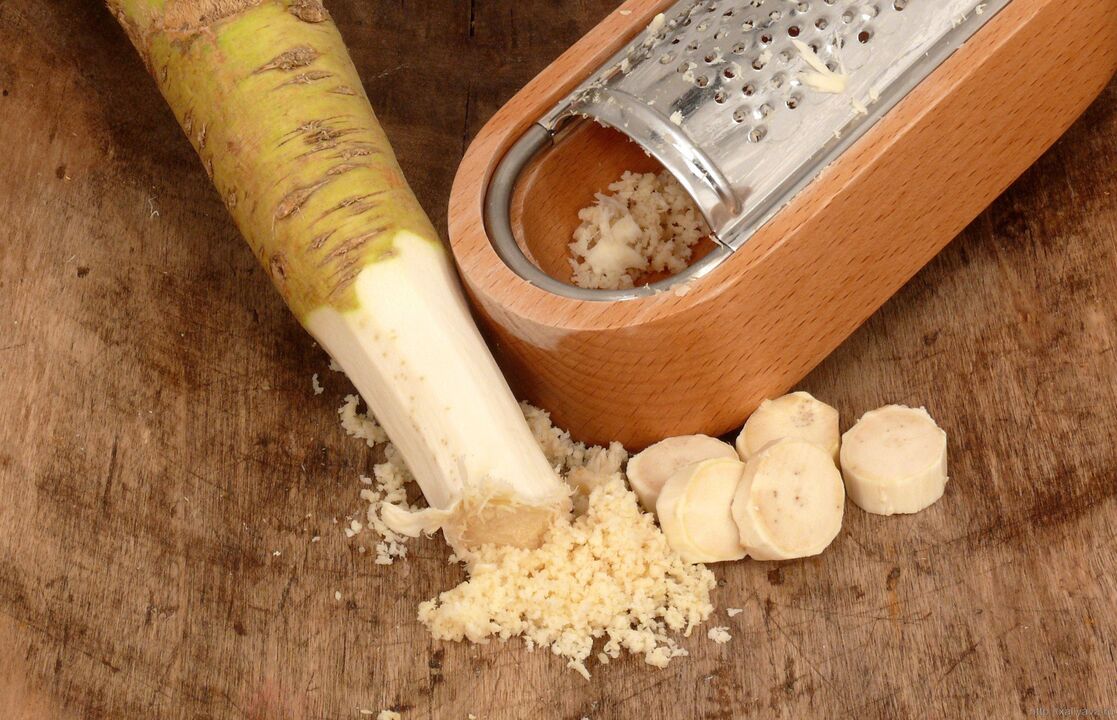
Exercise therapy (physiotherapy)
Exercise therapy for osteochondrosis of the lumbar spine allows you to eliminate pain, improve the condition of muscle and cartilage tissue, restore mobility to the spine, significantly strengthen the musculoskeletal corset and “unload” the lumbar spine.
Exercises for osteochondrosis can only be performed if a person is not bothered by severe back pain.The exercises can be very varied - leaning forward and back, left and right while standing, raising your arms, behind your head and straining your abdominal muscles.At the same time, absolutely all therapeutic exercises are performed under the supervision of a specialist.
What to do if you suspect osteochondrosis?
Radiculitis is an extremely dangerous disease that most often begins unnoticed by the person.The danger of radiculitis lies in the fact that in the absence of the necessary treatment, the disease can have the most unpleasant consequences - up to paralysis of the legs and curvature of the spine.
Therefore, when the first signs of the disease appear, it is necessary to consult an orthopedist who will prescribe the ideal treatment.Remember, the sooner treatment is started, the faster you can achieve positive results and restore your spine to health.






















